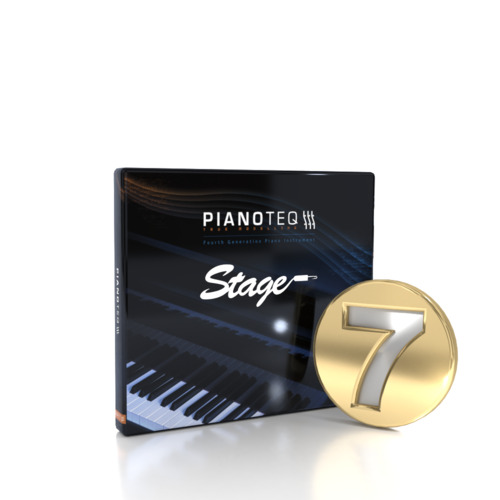

A model was constructed in software to sound like a real piano.

Modeled – no actual piano was recorded.A piano was played and recorded then ported to a controller or sampler for you to play in your DAW. In a DAW (digital audio workstation), you can get the sound of a piano through two main ways: These give a more “in-your-face” type of tone. The enclosure of these pianos is smaller, but the wood enclosures are right there in the face of the player – literally right in front of them. It is the one that most will have run into in their everyday lives. The beauty of the upright piano is that it is well-known by most people. These were made for homes and establishments with space limitations. Upright – These pianos are smaller in floor space, but taller than a grand.Generally more expensive than an upright and afforded only by the wealthy, these pianos are played by the virtuosos of the craft. They have a large enclosure, and the sound can get very deep. Grand – These pianos are large, and a room must be large to accommodate them.There are two main kinds of pianos that I will talk about here: Pianos are essential in the film scoring industry, and Score is an excellent movie about that: Even the sounds subtly vary amongst different models and even different pianos of the same model.

There are several different types of pianos by different manufacturers, and each has their own unique sounds. Last updated: 27-November-2020 Pianos General Here is my assessment of how to get a great piano sound in a vst or plugin instead of having the actual piano. I like the actual sound of a piano as the hammers hit the strings and it resonates through the wood and structure. I started out playing the piano, and I have come back to it often.


 0 kommentar(er)
0 kommentar(er)
